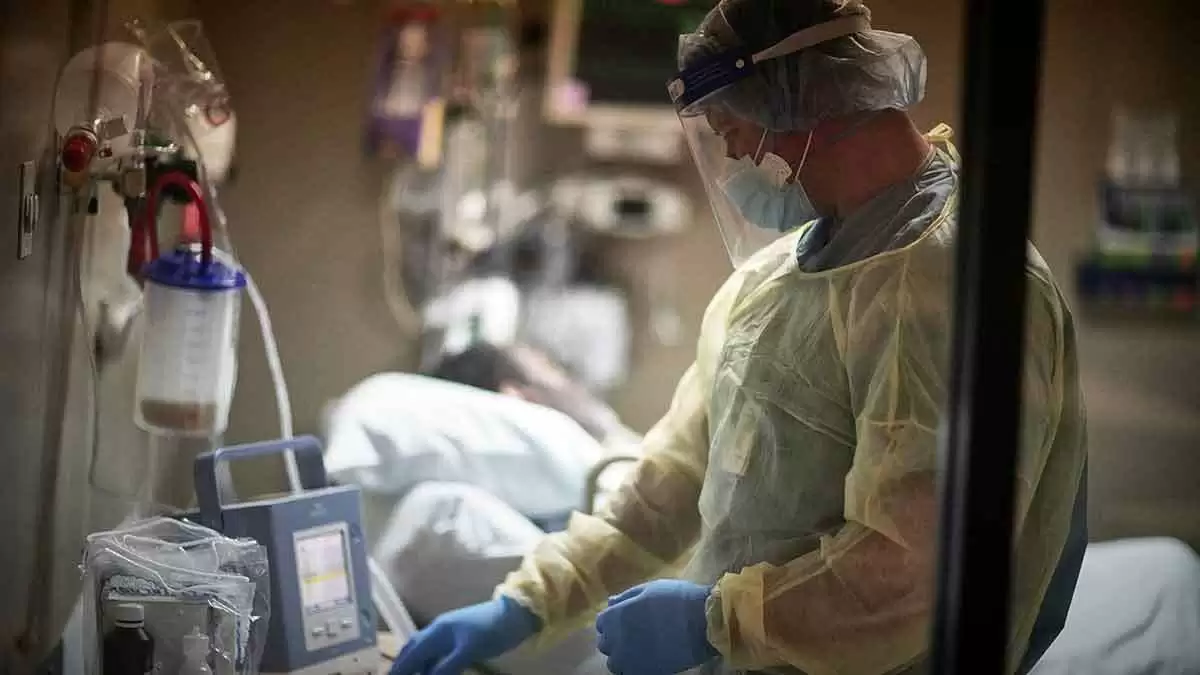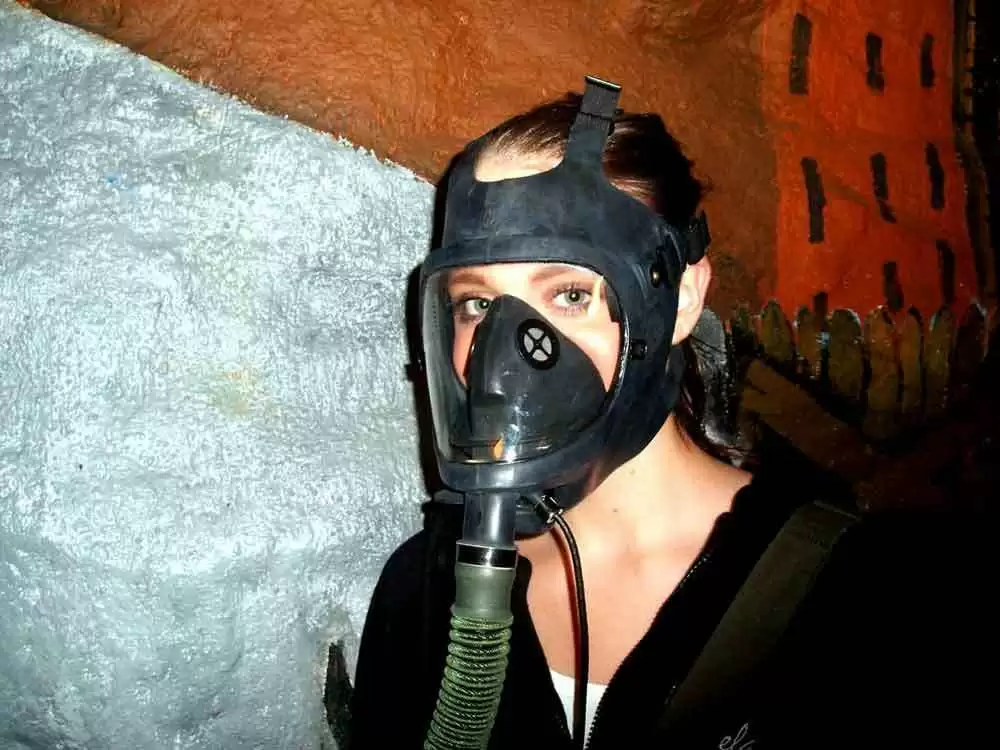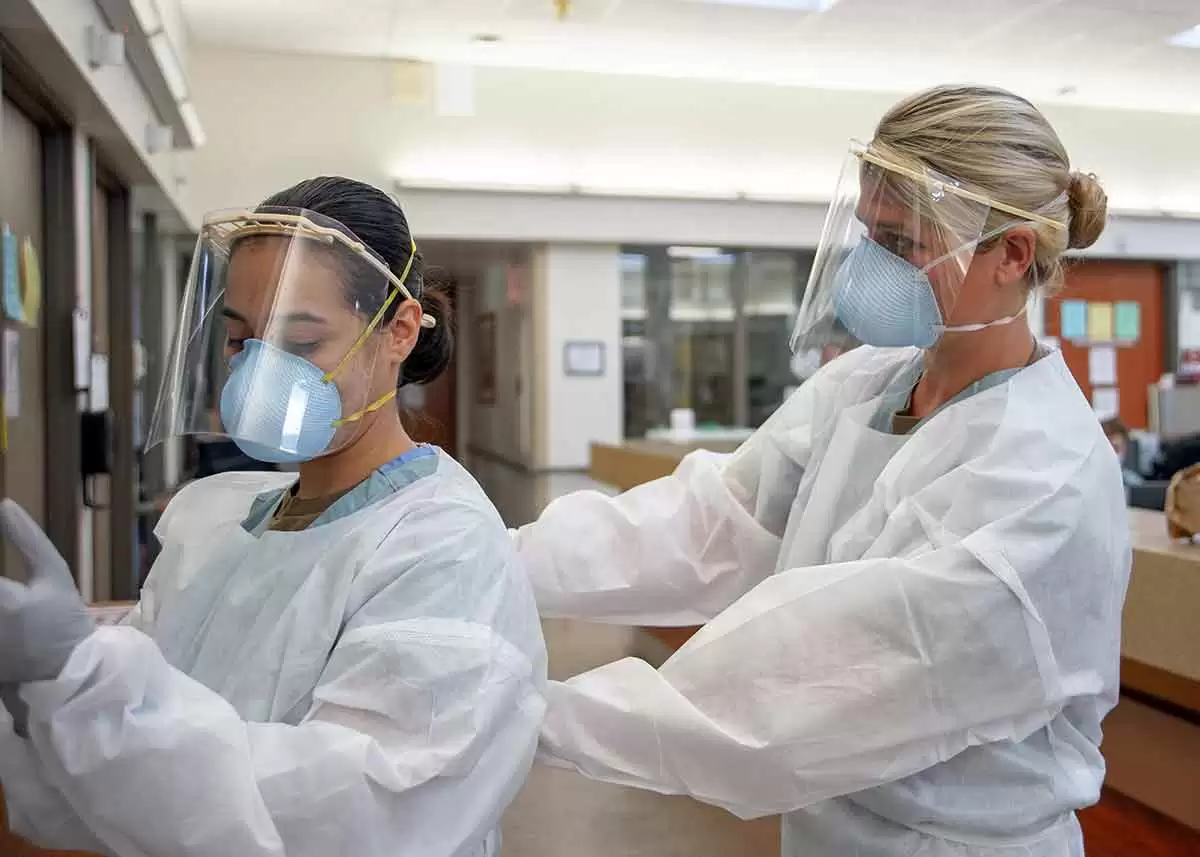
Celiac.com 10/04/2021 - How symptoms and antibodies related to SARS-CoV-2 infection develop in patients with celiac disease is unclear. Is it similar to non-celiacs? A team of researchers recently set out to investigate the impact of SARS-CoV-2 infection in celiac patients.
The team asked celiac disease patients about how their COVID-19 symptoms developed, how they were complying with anti-virus measures and, how strictly they were following a gluten-free diet. The team compared data on the rates of anti-SARS-CoV-2 IgG and IgA (anti-RBD and N proteins) in celiacs with data for non-celiacs. They also looked at expression of the duodenal ACE2 receptor. Where possible, they analyzed data on duodenal histology, anti-tissue transglutaminase IgA (tTGA), comorbidities and GFD adherence.
Celiac.com Sponsor (A12):
The team looked at a total of 362 celiac patients, 42 of which reported COVID-19 symptoms (12%), with 21% of these symptomatic patients testing positive for anti-SARS-CoV-2 Ig. Overall, 18% of celiac patients showed anti-SARS-CoV-2 Ig compared with 25% of the control group. Celiac patients had significantly lower levels of anti-N IgA. Symptoms and/or antibodies were not affected by tTGA, duodenal atrophy, gluten-free diet adherence, or other comorbidities.
They did detect ACE2 receptor in the non-atrophic duodenal mucosa of patients; which, is associated with atrophy at lower levels. Except for anti-N IgA, celiac disease patients have an anti-SARS-CoV-2 Ig profile similar to non-celiacs. The team found no risk factors tied to celiac disease parameters or gluten-free diet adherence.
Read more in Digestive and Liver Disease
The research team included Luca Elli; Federica Facciotti; Vincenza Lombardo; Alice Scricciolo; David S. Sanders; Valentina Vaira; Donatella Barisani; Maurizio Vecchi; Andrea Costantino; Lucia Scaramella; Bernardo dell'Osso; Luisa Doneda; and Leda Roncoroni. They are variously affiliated with the Gastroenterology and Endoscopy Unit, Fondazione IRCCS Ca’ Granda Ospedale Maggiore Policlinico, Milan, Italy; the European Institute of Oncology IRCCS; the Centre for Prevention and Diagnosis of Celiac Disease; the Department of Pathophysiology and Transplantation, University of Milan, Milan, Italy; the Academic Unit of Gastroenterology, Royal Hallamshire Hospital, Sheffield, United Kingdom; the School of Medicine and Surgery, University of Milano-Bicocca, Monza, Italy; the Pathology Unit, and the Gastroenterology and Endoscopy Unit, Fondazione IRCCS Ca’ Granda Ospedale Maggiore Policlinico, Milan, Italy; and the Centre for Prevention and Diagnosis of Celiac Disease.








Recommended Comments
Create an account or sign in to comment
You need to be a member in order to leave a comment
Create an account
Sign up for a new account in our community. It's easy!
Register a new accountSign in
Already have an account? Sign in here.
Sign In Now